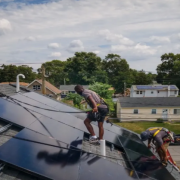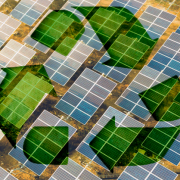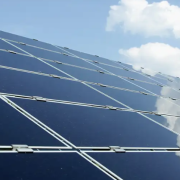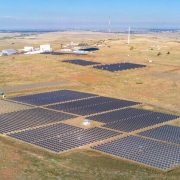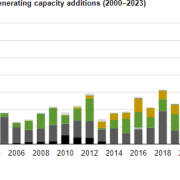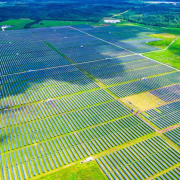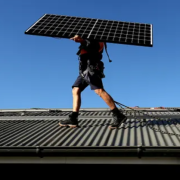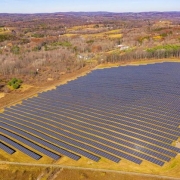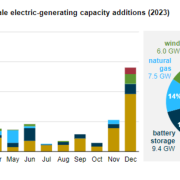Electricity generated from renewables surpassed coal in the United States for the first time in 2022, the U.S. Energy Information Administration announced Monday.
Renewables also surpassed nuclear generation in 2022 after first doing so last year.
Growth in wind and solar significantly drove the increase in renewable energy and contributed 14% of the electricity produced domestically in 2022. Hydropower contributed 6%, and biomass and geothermal sources generated less than 1%.
Click here to read the full article
Source: Patch
—
If you have any questions or thoughts about the topic, feel free to contact us here or leave a comment below.

